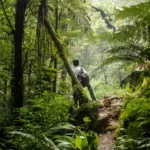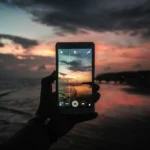Table of Contents
ToggleWhy Sepilok is a Must-Visit in Sabah
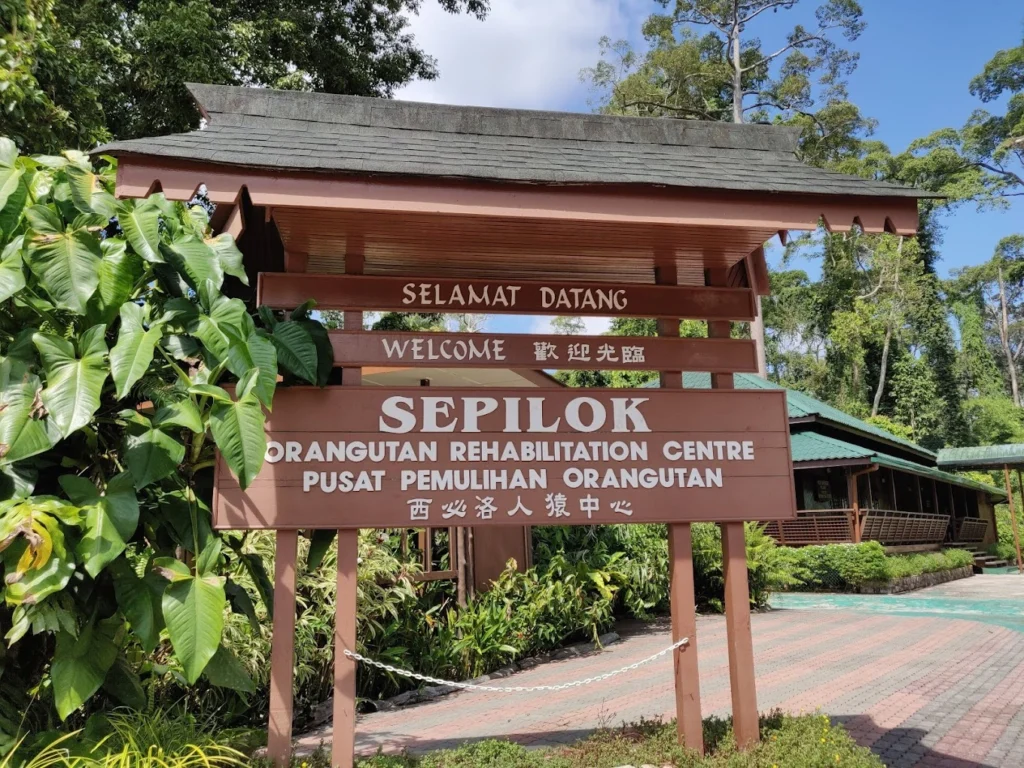
Photo Credit: Howsy
How to Get to Sepilok from Kota Kinabalu
How to Get to Sepilok from Sandakan
Opening Hours, Entrance Fees, and the Best Time to Visit
🔍 Quick Summary:
- Opening Hours: Daily, 9:00 AM – 4:00 PM
- Feeding Sessions: 10:00 AM and 3:00 PM
- Ticket Prices: RM 30 (non-MY adults), RM 15 (non-MY kids), RM 5 (MY adults), RM 2 (MY kids)
- Best Time to Visit: March–October (dry season)

Photo Credit: Adrian Yeo
What to Expect During Your Visit
🔍 What You’ll Experience:
- A peaceful boardwalk through protected rainforest
- Orangutan sightings during feeding times
- An educational visitor centre with conservation exhibits
- Quiet, respectful observation (no direct interaction)
- Visit duration: 1.5–2 hours
Orangutan Feeding Tips and What to Wear
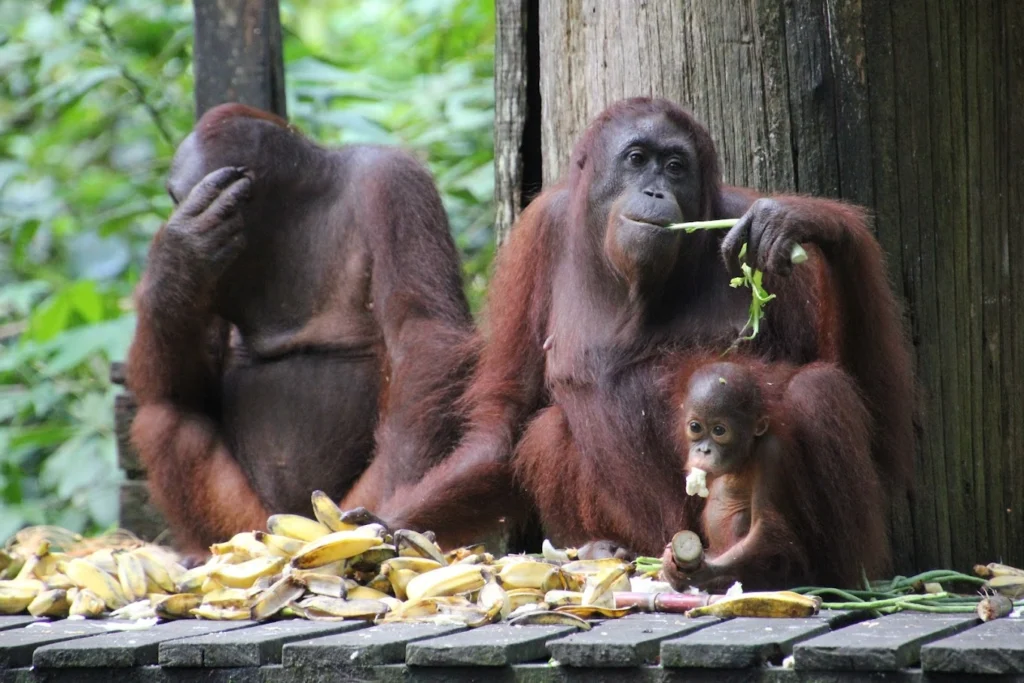
Photo Credit: Haruku Kuro
What Else Is Nearby? Two Must-Visit Attractions
Right next to the Orangutan centre is the Bornean Sun Bear Conservation Centre, home to the smallest bear species in the world. These bears are often kept illegally as pets or poached for body parts. The centre provides a safe space for rescued bears and raises awareness about their plight. Visitors can observe the Sun Bears from elevated walkways and learn about their behaviors, habitats, and the threats they face..
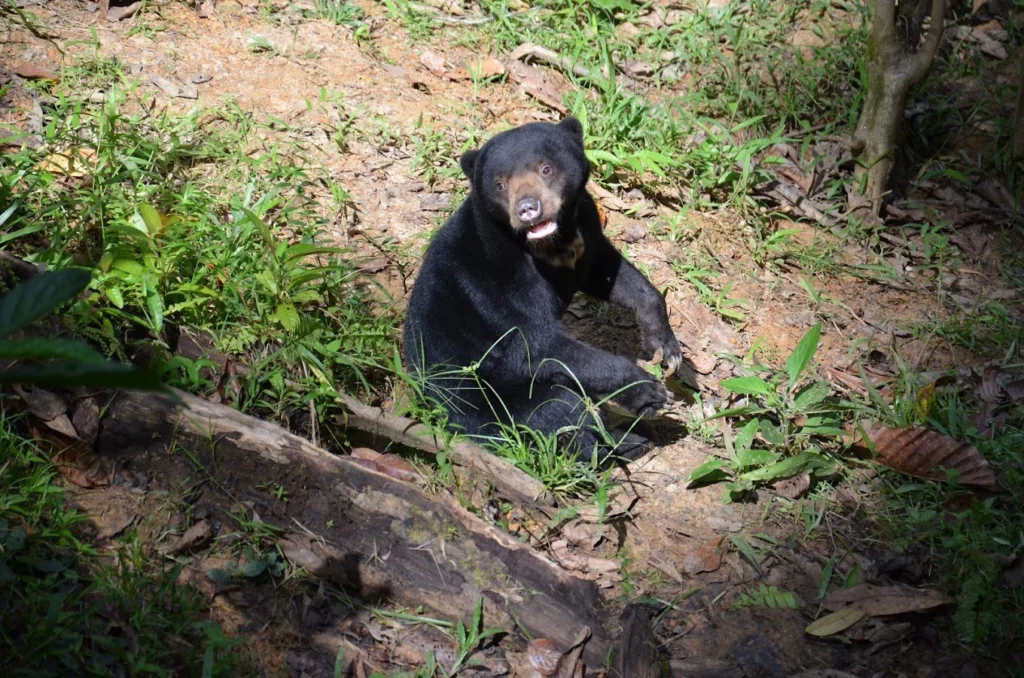
Photo Credit: John
Just a few minutes’ drive away is the Rainforest Discovery Centre (RDC). This attraction is perfect for those who want to deepen their understanding of Borneo’s rainforest ecosystem. Highlights include the canopy walkway, birdwatching towers, and educational gardens. Guided night walks are also available and offer a chance to spot flying squirrels, Slow Lorises, and other nocturnal wildlife.
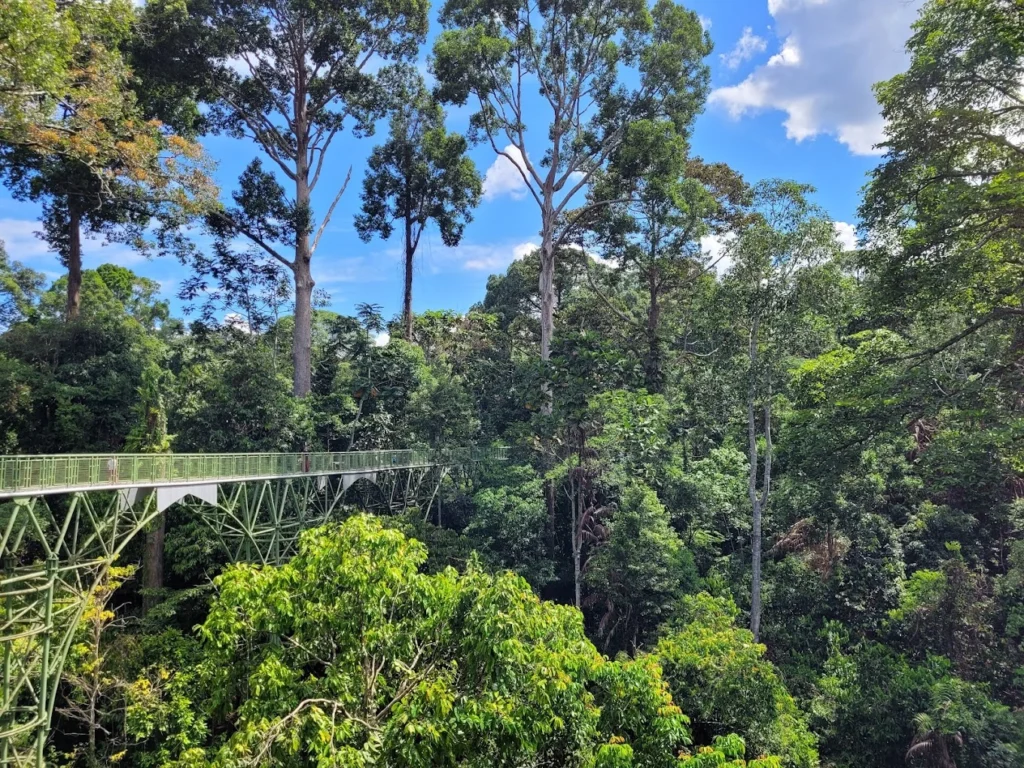
Photo Credit: Rainforest Discovery Centre (RDC)
If you’re planning a full day in Sepilok, it’s absolutely worth combining all three experiences— Orangutans, Sun Bears, and rainforest education for a comprehensive and unforgettable eco-tourism day.
Where to Stay Near Sepilok

Photo Credit: Sandakan Rainforest Lodge
Budget-conscious visitors love Paganakan Dii, which features stylish yet affordable bamboo lodges with open-air lounges.
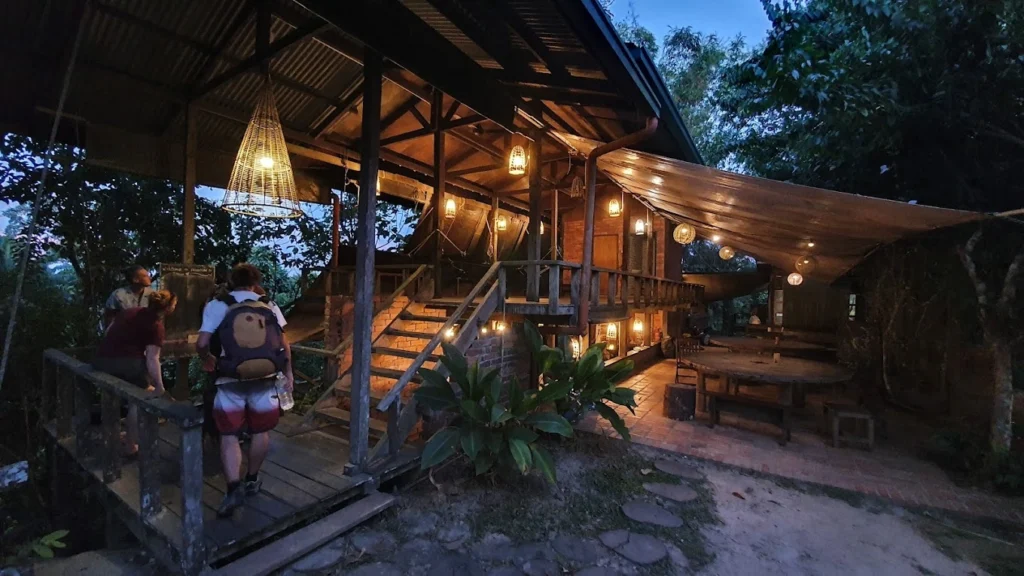
Photo Credit: Yannick Hunziker
Families and mid-range travelers will enjoy Forest Edge Resort, offering modern amenities while maintaining a natural jungle vibe.

Photo Credit: Amit Kumar
Family Friendliness and Accessibility
Leading by Example: Sepilok and Ethical Wildlife Tourism
In an age where wildlife exploitation is rampant in tourism, Sepilok sets a gold standard. Visitors are kept at a respectful distance from the animals. There are no photo ops, no touching, and no feeding by tourists. All practices are designed with the animals’ best interests in mind.
Proceeds from ticket sales go directly into rehabilitation programs, forest protection, and staff training. The experience may not be flashy, but it is deeply meaningful. You leave knowing you’ve supported something genuine.
How You Can Help
Final Thoughts
Frequently Asked Questions
1. How do I get to Sepilok from Kota Kinabalu?
Take a 45-minute flight to Sandakan Airport, then a 20–30 minute taxi or Grab to Sepilok. Buses are also available from Kota Kinabalu, with a 6–8 hour journey to Sandakan.
2. When is the best time to visit Sepilok Orangutan Rehabilitation Centre?
The best time is during the dry season from March to October, especially during the 10:00 AM or 3:00 PM feeding sessions for the best chance to see Orangutans.
3. What should I wear when visiting Sepilok?
Wear light, breathable clothing, long sleeves, and sturdy shoes. Bring insect repellent, sunscreen, a refillable water bottle, and a camera (no flash photography).


